Year built 1940 | In use 1940-1961 (1961) Owner Air Ministry | |
 | ||
Battles/wars Second World War, Cold War | ||
Raf langham norfolk july 1944
Royal Air Force Langham or more simply RAF Langham is a former Royal Air Force station, located 15 miles (24 km) North-West of Norwich, Norfolk, England, from 1940 to 1961. The airfield was the most northerly of the Norfolk wartime RAF airfields and was situated 3.3 miles (5.3 km) from the North sea at Blakeney. This made it a desirable location to be used by Coastal Command which had come into prominence since the outbreak of the Second World War. Originally the base was built as a dispersal and satellite station to RAF Bircham Newton during the first few months of the war and it became operational in the summer of 1940.
Contents
- Raf langham norfolk july 1944
- Raf langham anti aircraft gunnery training dome
- History
- Langham aircraft
- Langham units
- Station Operations and Events
- Current use
- References
Raf langham anti aircraft gunnery training dome
History
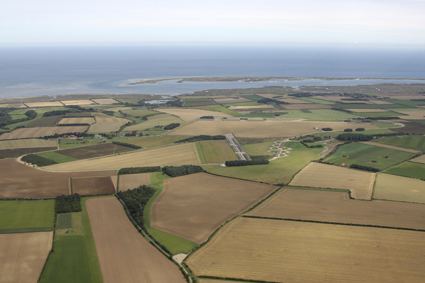
The airfield was originally equipped with three grass runways. Originally opened as a satellite station for RAF Bircham Newton, the station became independent in 1942, when it was upgraded with concrete runways, perimeter track and hardstandings, and there is evidence to suggest that it was equipped with the FIDO fog dispersal system.
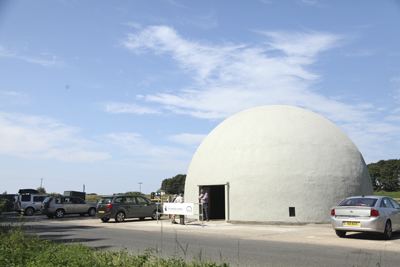
In 1947 the station was placed into care and maintenance, but it was reactivated during the Korean War. It was later used as an emergency landing strip for RAF Sculthorpe, before final closure in 1961.
Langham aircraft
Several types of aircraft were based Langham, including:
Langham units
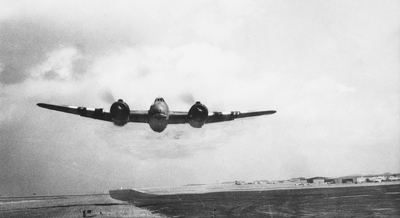
Station Operations and Events
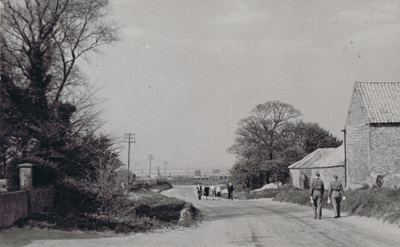
On the 2 October 1944 six Beaufighters of Coastal Command took off from Langham to carry out a night patrol along the Frisian Islands of the coast of the Netherlands. Their task was to randomly attack any enemy shipping uncounted there. One of the aircraft (NT 909) was piloted by New Zealander Warrant Officer Douglas Mann. His navigator was English and he was Flight Sergeant Donald Kennedy. Close to the island of Borkum the plane went into an attack on a convoy, but in poor visibility the plane struck an unknown obstacle causing Mann to lose control. The Convoy’s flak ships opened fire on the stricken plane shooting it down. Mann and Kennedy, after some difficulty took to their rescue dingy. After several abortive rescue attempts the airmen were finally rescued by High Speed Launch 2679, stationed at Gorleston-on-Sea, on the 10 October after being in the sea for eight days. When the Skipper of the Launch, Flying Officer David Ross located them and pulled them aboard the men were both suffering from acute hypothermia and immersion foot. They were taken to Great Yarmouth naval Hospital were both men made a full recovery. Douglas Mann was eventually returned to 489 Squadron and he was awarded the Distinguished Flying Cross.
Current use
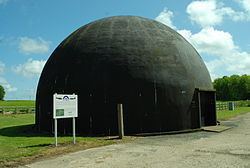
The station was purchased by Bernard Matthews, who constructed turkey sheds on the runways. The turkey farm is now operated by another farmer, but the construction of the sheds has preserved large sections of the runways.
Surviving buildings on the site include the control tower and a dome trainer building used for the instruction of ground-to-air anti-aircraft gunnery. Langham Dome, which sits on the edge of the former base, is one of only six remaining training domes in the country and was built in 1942. The others are at Pembrey, Limavady, Mildenhall, Wyton and Shoreham. Film of enemy planes was projected onto its walls for target practise. The concrete structure has been restored and a museum has been installed following grants from English Heritage and the Heritage Lottery Fund. On 17 May 2015 a documentary about the dome, entitled The Dome: A Secret of World War II, narrated by Stephen Fry, was broadcast by BBC One.
